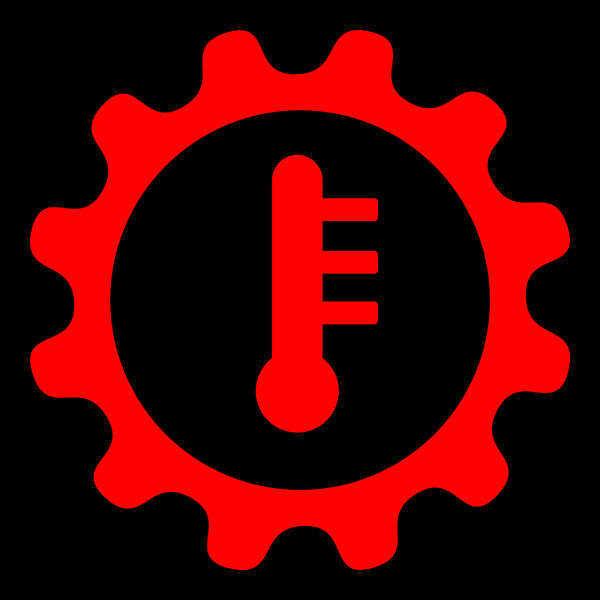
Your transmission is one of the hardest-working components in your car, and when it overheats, serious problems can follow. Excess heat can cause fluid breakdown, lead to slipping gears, and even result in complete transmission failure if ignored. If you’re noticing burning smells, sluggish shifting, or warning lights, your transmission could be overheating—and waiting too long to fix it can turn a minor issue into a major repair. Are you sure your transmission is running at the right temperature?
What Causes a Transmission to Overheat
A transmission typically operates at a safe temperature range of 175°F to 200°F. When temperatures climb above this range, the internal components begin to break down, leading to premature wear and possible failure. Several factors can cause a transmission to overheat, and identifying the root cause is the first step in fixing the problem.
Low Transmission Fluid
One of the most common causes of overheating is low transmission fluid. Transmission fluid not only lubricates the system but also helps keep it cool. If the fluid level is low due to a leak or natural wear, the transmission won’t be able to dissipate heat properly. Dirty or degraded transmission fluid can also contribute to overheating, as old fluid loses its ability to protect and cool the system effectively.
Heavy Towing or Carrying Excess Weight
Towing trailers, boats, or carrying excessive weight puts added stress on your transmission, forcing it to work harder than usual. If you frequently haul heavy loads, your transmission may be at a higher risk of overheating, especially if your vehicle isn’t equipped with an external transmission cooler.
Stop-and-Go Traffic and Harsh Driving Conditions
City driving, especially in stop-and-go traffic, can cause transmission temperatures to rise. Frequent braking and acceleration, driving in hilly terrain, or navigating urban environments make the transmission shift gears more often, increasing heat buildup. Hot weather conditions can further strain the transmission, making proper cooling even more important.
Cooling System Malfunctions
Many vehicles rely on their radiator and cooling system to help regulate transmission temperature. If the radiator is failing, cooling lines are blocked, or the cooling fan is malfunctioning, proper heat dissipation can’t occur, leading to overheating. Ensuring your cooling system is functioning properly is essential for preventing transmission damage.
How to Fix an Overheating Transmission
The best way to fix an overheating transmission depends on the underlying cause. However, a few key steps can help bring temperatures down and prevent further damage.
1. Check and Refill Transmission Fluid
Start by inspecting the transmission fluid level using the dipstick while the engine is running. If the fluid is low, topping it off with the manufacturer-recommended transmission fluid may help restore cooling efficiency. If the fluid appears dark, burnt, or has a strange smell, a full transmission fluid flush and filter change may be necessary.
2. Inspect for Leaks
Transmission leaks can cause fluid levels to drop, leading to overheating. Check under your vehicle for puddles of red or brown fluid. Leaks often occur at the transmission pan gasket, cooler lines, or seals, and repairing them promptly can prevent further damage.
3. Reduce Strain on the Transmission
If you frequently tow heavy loads or drive in stop-and-go traffic, consider adjusting your driving habits to reduce stress on the transmission. Using a lower gear on steep inclines and avoiding excessive acceleration can help keep temperatures down. Installing an external transmission cooler may also be a good investment, as it provides additional cooling capacity.
4. Have the Cooling System Inspected
Because your transmission relies on the radiator to regulate fluid temperatures, a malfunctioning cooling system can lead to overheating. A professional mechanic can inspect the radiator, cooling fan, and transmission cooler lines for blockages or damage and recommend necessary repairs.
5. Schedule a Professional Transmission Inspection
If your transmission continues to overheat despite adding fluid and adjusting driving habits, it’s best to have it inspected by a transmission specialist. Internal problems such as clogged filters, failing sensors, or worn clutch packs may be contributing to the issue, and addressing them early can prevent complete transmission failure.
Is your transmission overheating? Don’t wait until it’s too late—visit Bud’s Auto Repair & Transmission in Marysville, WA, for expert diagnostics and repairs. Call today to schedule your service!